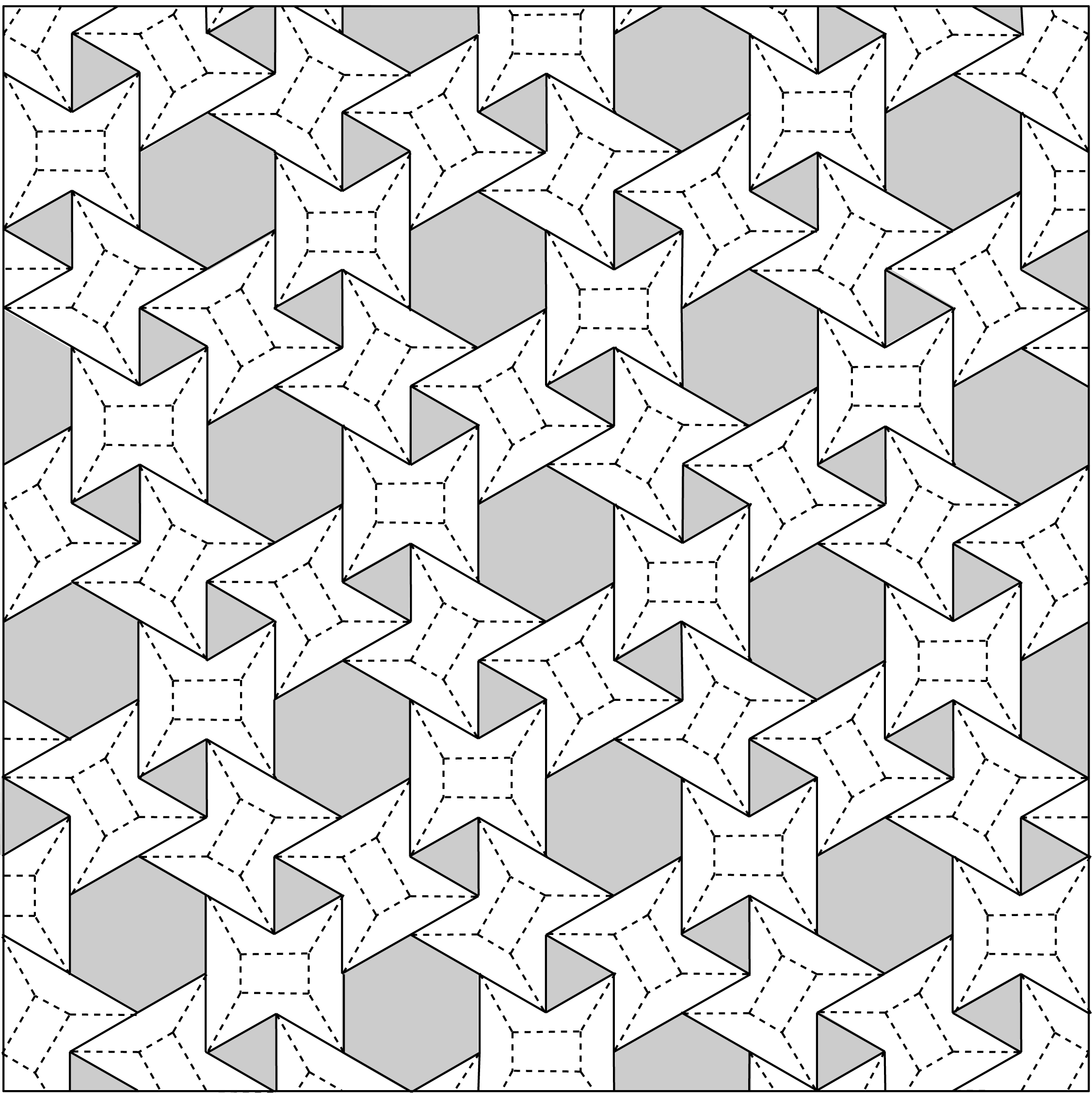
Other four-sided shapes do as well, including rectangles and rhomboids (diamonds). The most famous pair of such tiles are the dart and the kite.Ĭlick here for the lesson plan of non-periodic Tessellations. Three regular geometric shapes tessellate with themselves: equilateral triangles, squares and hexagons.

The pattern of shapes still goes infinitely in all directions, but the design never looks exactly the same. In the 1970s, the British mathematician and physicist Roger Penrose discovered non-periodic tessellations. Whatever direction you go, they will look the same everywhere. They consist of one pattern that is repeated again and again. It may be better to show a counter-example here to explain the monohedral tessellations.Īll the tessellations mentioned up to this point are Periodic tessellations. All regular tessellations are also monohedral. If you use only congruent shapes to make a tessellation, then it is called Monohedral Tessellation no matter the shape is. You can use Polypad to have a closer look to these 15 irregular pentagons and create tessellations with them. Among the irregular pentagons, it is proven that only 15 of them can tesselate.

We can use any polygon, any shape, or any figure like the famous artist and mathematician Escher to create Irregular tessellationsĪmong the irregular polygons, we know that all triangle and quadrilateral types can tessellate. The good news is, we do not need to use regular polygons all the time. If one is allowed to use more than one type of regular polygons to create a tiling, then it is called semi-regular tessellation.Ĭlick here for the lesson plan of Semi - Regular Tessellations. If you try regular polygons, you ll see that only equilateral triangles, squares, and regular hexagons can create regular tessellations.Ĭlick here for the lesson plan of Regular Tessellations. the most well-known ones are regular tessellations which made up of only one regular polygon. There are several types of tessellations.


 0 kommentar(er)
0 kommentar(er)
